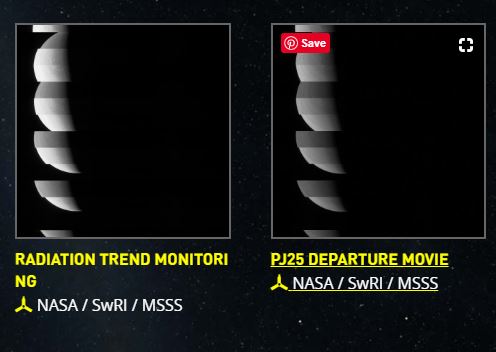NASA’s Hubble space telescope spots quasar tsunamis ripping across galaxies

Quasars, biggest and distant bright objects in space that are similar to stars. Astronomers called them "quasi-stellar radio sources," or "quasars," because the signals came from one place, like a star. However, the name is a misnomer; according to the National Astronomical Observatory of Japan, only about 10 percent of quasars emit strong radio waves. NASA’s Hubble space telescope spots quasar tsunamis ripping across galaxies. Quasars give off more energy than 100 normal galaxies combined. Because they are so far away from us, it takes billions of years for the light they give off to reach Earth. The light stays the same, it just has to travel a long time to get to us. When we look at a quasar, it is like we are looking back in time. The light we see today is what the quasar looked like billions of years ago. NASA’s Hubble space telescope has helped astronomers spot quasar tsunamis ripping across galaxies. Quasars are extremely remote celestial objects, emi

